Friction welding is an innovative and effective welding process used to join materials without melting them. By using friction-generated heat, this process creates strong, consistent bonds between different types of metals and materials, making it a popular choice in industries such as aerospace, automotive, and construction. In this article, we’ll explore the basics of friction welding, examine the process sequence, and discuss the strength of friction-welded joints.
About Friction Welding
Friction welding is a solid-state welding technique, meaning it joins materials without melting them. Instead, friction welding uses heat generated by friction to create the bond. Unlike traditional welding, which often requires filler materials, friction welding relies purely on mechanical force and frictional heat. This makes it especially useful for applications that require clean, precise joints without additional materials, gases, or fluxes.
One of the key advantages of friction welding is that it can join dissimilar materials—like steel to aluminum—that can be challenging to bond with other welding techniques. This is particularly useful in industries that require lightweight, high-strength components, such as the automotive and aerospace sectors.
Types of Friction Welding
There are several variations of friction welding, each suited to different applications and material types:
- Rotary Friction Welding – The most common type, where one part is rotated while the other remains stationary. When the two parts are pressed together, the resulting friction generates heat, creating a bond as the materials are compressed.
- Linear Friction Welding – In this method, one part oscillates laterally while the other remains fixed. Linear friction welding is often used in aerospace and automotive applications.
- Friction Stir Welding (FSW) – A non-rotational variant where a tool moves along the seam, generating heat and pressure to weld the materials. Friction stir welding is frequently used to join materials like aluminum alloys in applications that require a high degree of precision.
- Each type of friction welding offers unique benefits, but all share the advantage of producing clean, high-strength bonds without the need for melting or filler materials.
The Process Sequence of Friction Welding
The friction welding process follows a specific sequence, involving several stages to ensure a strong, stable bond between the materials. Here’s a breakdown of the steps involved:
- Preparation of the Parts
Before welding begins, the surfaces to be joined are cleaned and prepared. Any contaminants, like oils, dirt, or oxides, are removed to prevent interference with the bond.
- Application of Pressure and Rotation (or Oscillation)
In rotary friction welding, one of the parts is rotated at a high speed while the other part remains stationary. In linear friction welding, the parts are instead oscillated against each other. This motion generates heat at the contact surface due to friction.
- Frictional Heating and Plastic Deformation
As friction continues, the interface heats up to the point where the material at the contact surfaces begins to soften, or plastically deform, without melting. This is a critical phase as it allows the materials to “flow” together at the interface.
- Upset Pressure Application
When the appropriate amount of heat has been generated, rotation (or oscillation) is stopped, and an upset or forge pressure is applied. This force pushes the softened material together, resulting in a strong bond.
- Cooling and Finalizing the Bond
After the upset pressure is applied, the material cools, solidifying the bond. Once the weld has fully cooled, any excess material, known as “flash,” can be removed to create a clean final product.
This process results in a high-strength, homogenous joint between the materials, making friction welding an ideal solution for applications requiring durability and reliability.
How Strong is Friction Welding?
The strength of friction-welded joints is one of the key reasons this method is widely used in demanding industries. Friction welding produces joints that are often as strong—or even stronger—than the base materials. This is due to the solid-state nature of the weld, which avoids the formation of a heat-affected zone (HAZ) that can sometimes weaken traditional welds.
Key Factors Contributing to Strength
Several factors contribute to the strength of a friction-welded joint:
- Reduced Heat-Affected Zone (HAZ)
Since the materials are joined without reaching their melting points, friction welding minimizes the heat-affected zone, which is where metallurgical changes occur in other types of welding. This helps maintain the material’s original properties, leading to a stronger joint.
- Uniform Bonding at the Interface
Friction welding results in a uniform bond across the interface, with no cracks, voids, or porosity. The application of upset pressure also ensures that any impurities are forced out, resulting in a clean, strong bond.
- Minimal Distortion and Residual Stress
Because friction welding involves lower temperatures than fusion welding, there is minimal distortion or residual stress in the final joint. This contributes to the strength and durability of the bond.
- Strength Testing and Applications
Friction-welded joints are rigorously tested for strength, typically through tensile and fatigue tests, to ensure they meet industry standards. In many cases, friction-welded joints demonstrate strength levels equal to or greater than the parent materials, especially when joining compatible metals like steel-to-steel or aluminum-to-aluminum.
This high strength and reliability make friction welding ideal for critical applications such as:
- Aerospace Components: Friction welding is often used in aircraft engines and structural components.
- Automotive Parts: The automotive industry employs friction welding for parts like drive shafts and axles, where strength and durability are essential.
- Oil and Gas: Friction welding is used in the production of pipelines and pressure vessels, where strong, leak-proof bonds are crucial.
Conclusion
Friction welding is a remarkable technique that offers a high-strength, efficient, and eco-friendly solution for joining materials. By using mechanical energy to generate heat and create bonds, friction welding is particularly useful for applications that require durability and precision. With applications across multiple industries, from aerospace to automotive, friction welding has proven to be a reliable and effective method for creating strong, dependable joints.

